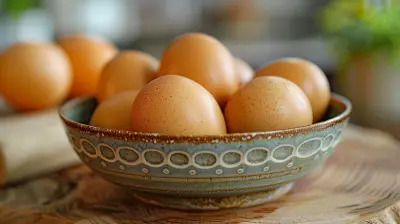Mindful Movement for a Graceful Aging Process
1 October 2025
Let’s face it — aging is inevitable. Wrinkles will show up, joints may creak a little louder, and energy levels tend to ride a rollercoaster. But here’s the good news: how we move through the years is just as important as how many birthdays we rack up. And that's where mindful movement steps in — like your best friend who brings tea, encouragement, and a gentle yoga mat.
In this article, we’re diving into the power of mindful movement and how it can help you age like fine wine: with grace, strength, and a twinkle in your eye. Ready to shake off the stiffness and move with purpose? Let’s roll.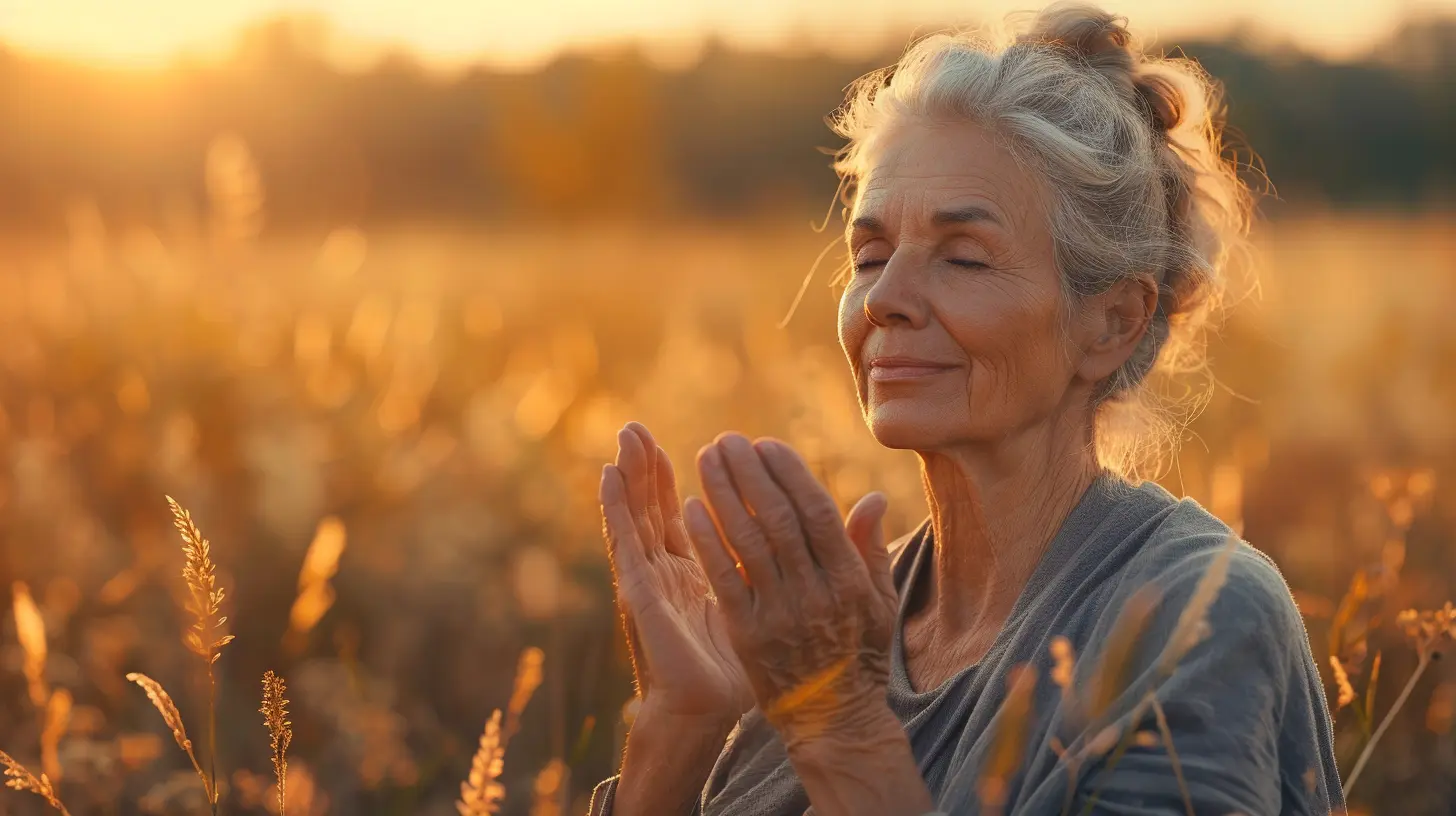
What Is Mindful Movement, Anyway?
Mindful movement is more than just stretching or sweating it out at the gym. It’s about paying close attention to how your body feels as it moves. No judgment, no rush — just full awareness in every breath, twist, and step.Think yoga, tai chi, Pilates, walking meditations. It’s like you’re dancing with your body while also listening to what it’s whispering. “Hey, maybe don't push me like it's 1998,” it says. And you say, “Got it, buddy.”
Why Is It A Big Deal As We Age?
Here's the thing: movement gets trickier as we get older. Muscles shrink, joints stiffen, and balance can get wobbly (like trying to stand on a paddleboard in a windstorm). Mindful movement helps us stay in tune with our bodies, reduce injury, and even catch those little aches before they become full-blown issues.It’s prevention, healing, and strength-building — all rolled into one gentle, powerful package.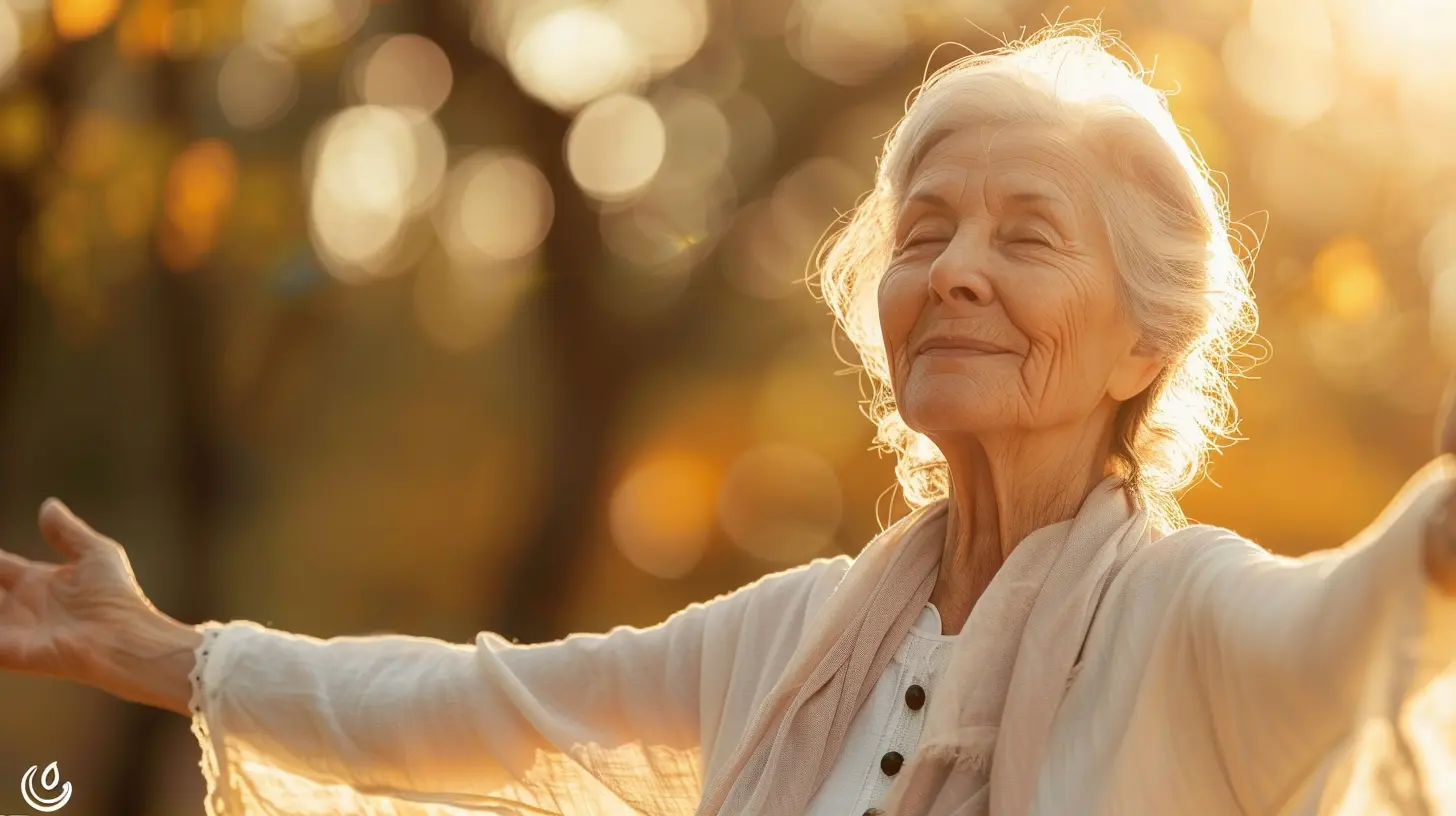
The Connection Between Mindfulness and Aging
Imagine walking through life like you’re gliding rather than grinding through each day. That’s the magic of combining mindfulness with physical movement. It’s not just about staying active; it's about staying aware.The Mind-Body Connection
As we age, it becomes even more important to sync our mind and body. You know that feeling when your body is doing one thing, but your mind is already 10 errands ahead? That disconnect can lead to overexertion, stress, and even accidents.Mindful movement brings you back home — into your body. You learn to move with intention, breathe with rhythm, and listen when your body says “let's rest” or “let’s stretch just a bit more.”
Stress Less, Live More
Here’s a little secret: chronic stress ages us faster than time itself. It messes with our hormones, sleep, digestion, and even memory. But mindful movement — especially activities like tai chi or gentle yoga — has been shown to lower cortisol levels and ease anxiety. Think of it as a moving meditation with benefits that go way beyond flexibility.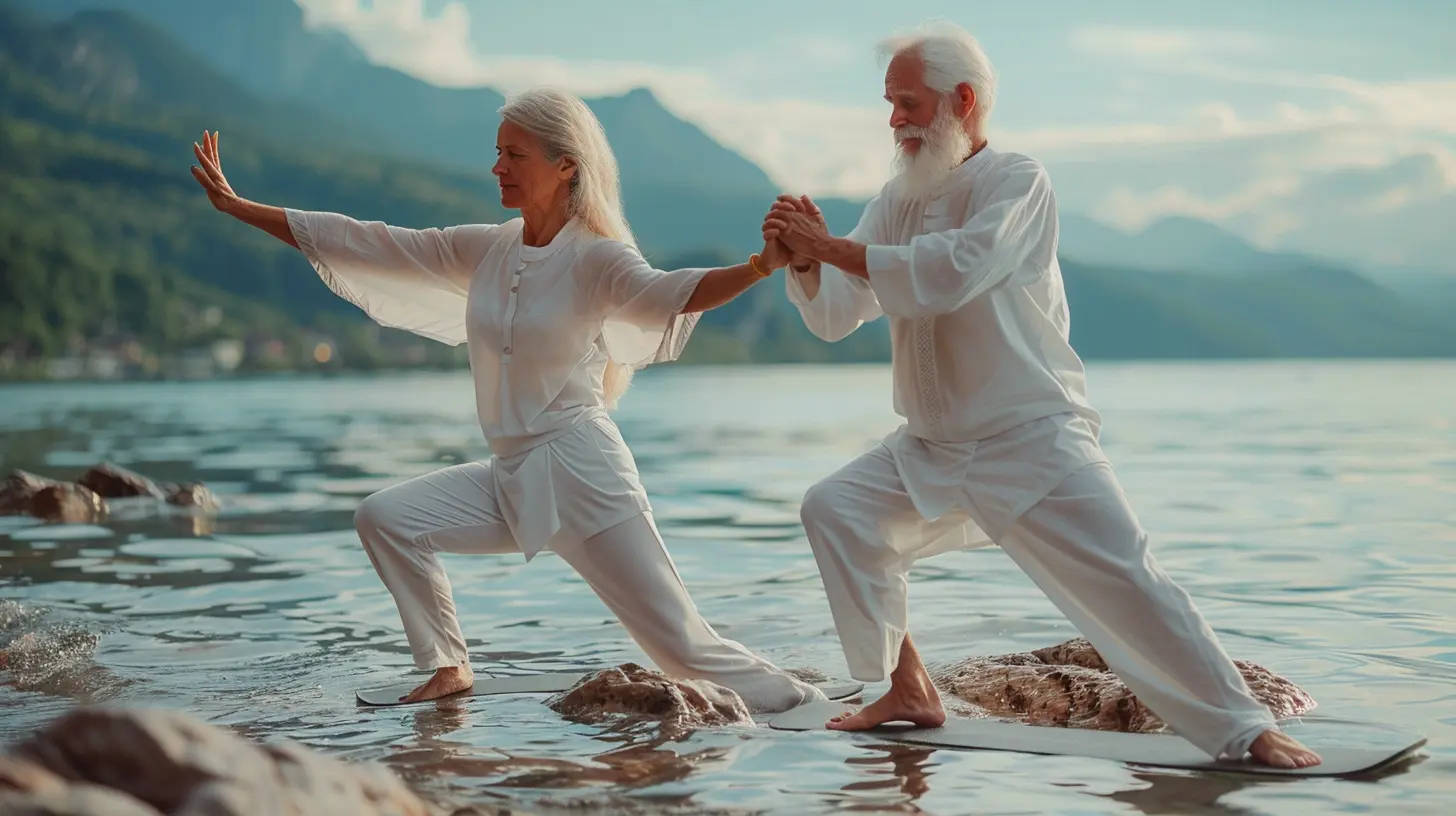
Types of Mindful Movement That Support Graceful Aging
Not all movement is created equal. Running marathons at 70? Kudos if that's your thing. But for most of us, gentle, intentional activities that support muscle balance, coordination, and joint mobility are golden.1. Yoga: The Original Joint Whisperer
Yoga has been around for thousands of years — and for good reason. It strengthens the body, softens the mind, and stretches you in all the right ways.Benefits:
- Enhances flexibility and mobility
- Boosts circulation (hello, glowing skin!)
- Builds strength without strain
- Improves balance (no more furniture surfing while reaching for your slippers)
Want a bonus? Many yoga styles incorporate breathwork and meditation, giving you a total mind-body reset.
2. Tai Chi: Meditation in Motion
Tai chi looks like slow, graceful dance moves — but don't let the softness fool you. It’s a powerful tool for balance, strength, and mental clarity. Originating from China, tai chi is often described as "moving meditation."Benefits:
- Improves balance and coordination
- Reduces the risk of falls (a biggie as we age)
- Enhances mental focus and calm
- Supports joint health with low-impact motion
Perfect for all ages and abilities, tai chi is like a secret weapon for aging well.
3. Pilates: Core Confidence
Pilates may have started as a rehab method, but it's now a go-to for building a strong, stable core — crucial for posture and preventing back pain.Benefits:
- Strengthens deep muscles (including those sneaky stabilizers)
- Improves posture and spinal alignment
- Builds body awareness
- Supports graceful, controlled movement
You don’t need fancy equipment to get started — a mat and some floor space is plenty.
4. Walking: The Underrated Superpower
Let’s not overlook walking. When done mindfully, a simple walk can turn into a full-blown practice in presence and movement.Benefits:
- Boosts cardiovascular health
- Encourages joint lubrication
- Improves mood (thanks, endorphins!)
- Great opportunity for walking meditation
Try turning off your podcast once in a while and tuning into the sound of your footsteps, your breath, and the rhythm of the world around you.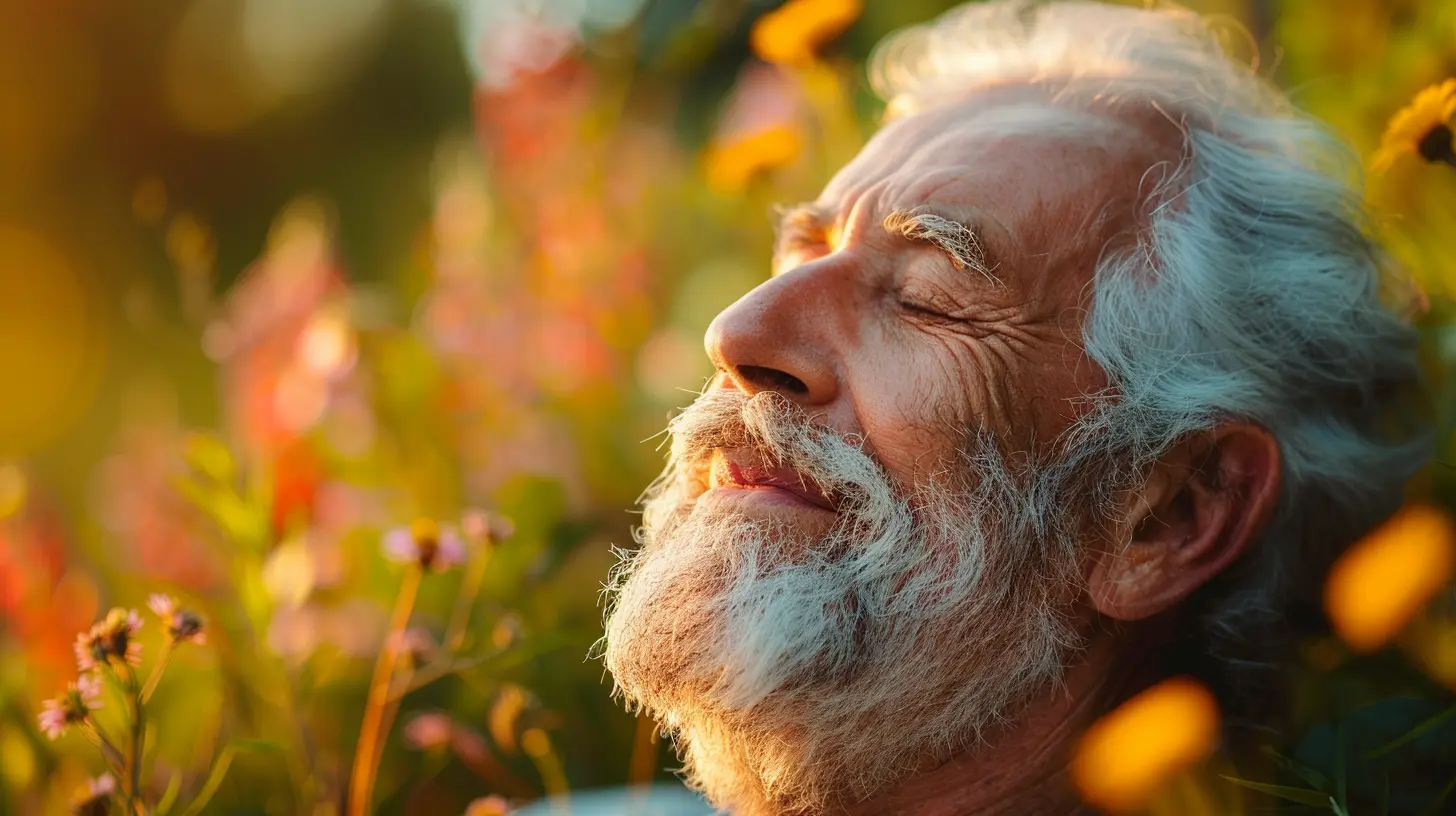
The Science Behind Mindful Movement and Aging
This isn’t just feel-good fluff. There’s solid science backing up the benefits of mindful movement as we age.- Neuroplasticity: Moving mindfully keeps your brain sharp by encouraging new neural pathways. Tai chi, for example, has been shown to support cognitive function in older adults.
- Bone Density: Weight-bearing movement like yoga or walking can help maintain or even increase bone density, reducing the risk of osteoporosis.
- Pain Reduction: Mindful practices often reduce chronic pain, especially in conditions like arthritis or fibromyalgia.
- Better Sleep: Gentle movement helps regulate circadian rhythms and lowers stress — both keys for deep, restorative sleep.
Tips for Getting Started with Mindful Movement
Starting something new? It can feel intimidating. But the beauty of mindful movement is that you set the pace. Slow is actually good here. No rush. No pressure. Just you and your breath.1. Start Small and Be Consistent
Aim for 10–15 minutes a day. You’ll be surprised how much difference that can make over time.2. Focus On Your Breath
Your breath is your anchor. Whether you're walking, stretching, or holding a pose, let your breath guide the rhythm of your movement.3. Listen to Your Body’s Wisdom
If it feels like too much, pause. If it feels good, keep going a little longer. Mindful movement is all about tuning in and honoring what your body needs — not what the clock says.4. Flip the Script on Exercise
Don't think of it as a workout. Think of it as self-care time. A date with your future, fabulous 85-year-old self.5. Mix it Up
Keep it fun! Try a walking meditation one day, a short yoga flow the next, and maybe a tai chi video on the weekend. Keep your body guessing and your spirit engaged.Real-Life Benefits of Mindful Movement
Let’s meet Carol, 68, who started tai chi three years ago after a minor fall shook her confidence.“I felt like I was spiraling,” she says. “But tai chi helped me reconnect with my body. I’m more balanced, more confident — and even sleep better.”
Or James, 72, who never touched a yoga mat until retirement.
“I thought yoga was just stretching,” he laughs. “Now I can tie my shoes without groaning. And I’m calmer than I’ve ever been. My wife calls it my 'zen time.’”
These stories aren’t rare. They’re proof that graceful aging isn’t a myth — it’s a choice we make every day with how we treat our bodies.
The Mindful Movement Mindset
Aging gracefully doesn’t mean turning back the clock. It means owning every year, every line, and every movement with pride. Mindful movement isn’t a chore — it’s a celebration. It says, “Hey body, thanks for carrying me this far. Let’s keep going — together.”So, whether you're 40 and thinking ahead, or 75 and feeling stiff, mindful movement offers a path forward that’s gentle, powerful, and — wait for it — actually enjoyable.
It’s never too late to start. In fact, now is the perfect time.
Final Thoughts
Aging is an art. And like any masterpiece, it takes intention, attention, and a whole lot of heart. Mindful movement helps us paint our later years with grace instead of struggle, ease instead of tension.So roll out a mat. Take a deep breath. Move with kindness. Your future self will thank you.
all images in this post were generated using AI tools
Category:
Healthy AgingAuthor:

Sophia Wyatt
Discussion
rate this article
1 comments
Lumen Cole
Embrace mindful movement as a beautiful journey to graceful aging! Each step you take enhances your strength and flexibility, nurturing both body and spirit. Celebrate this vibrant chapter of life, and remember—every mindful moment brings you closer to your best self!
October 12, 2025 at 2:21 AM

Sophia Wyatt
Thank you for your thoughtful comment! Embracing mindful movement truly enriches our journey towards graceful aging, nurturing both our body and spirit. Let's celebrate each step together!
